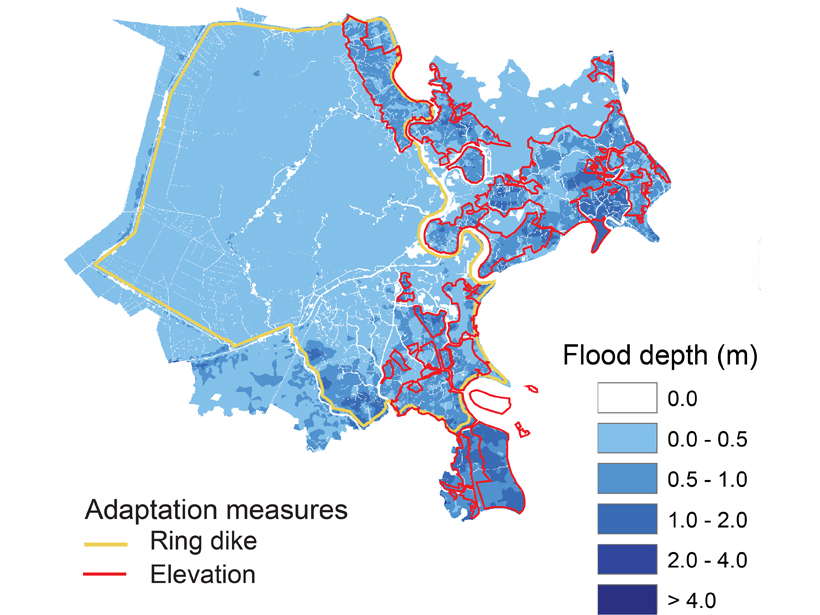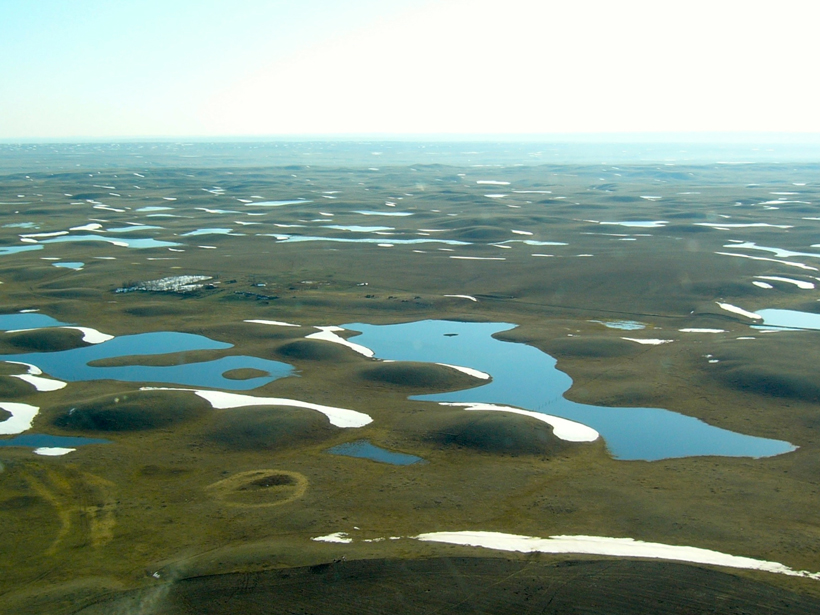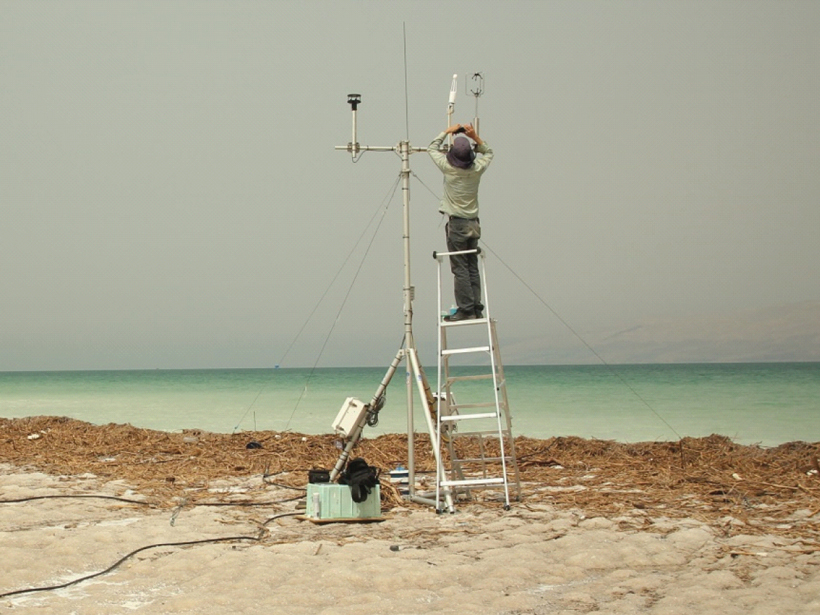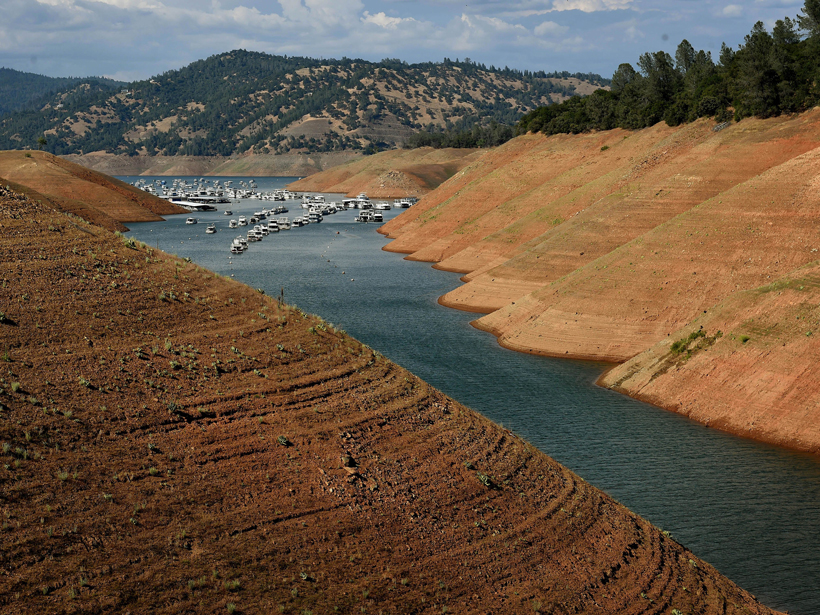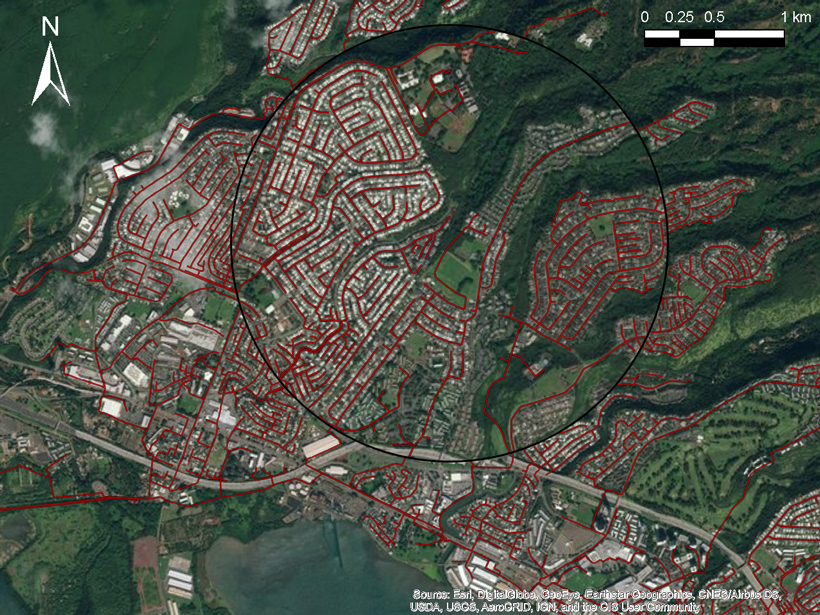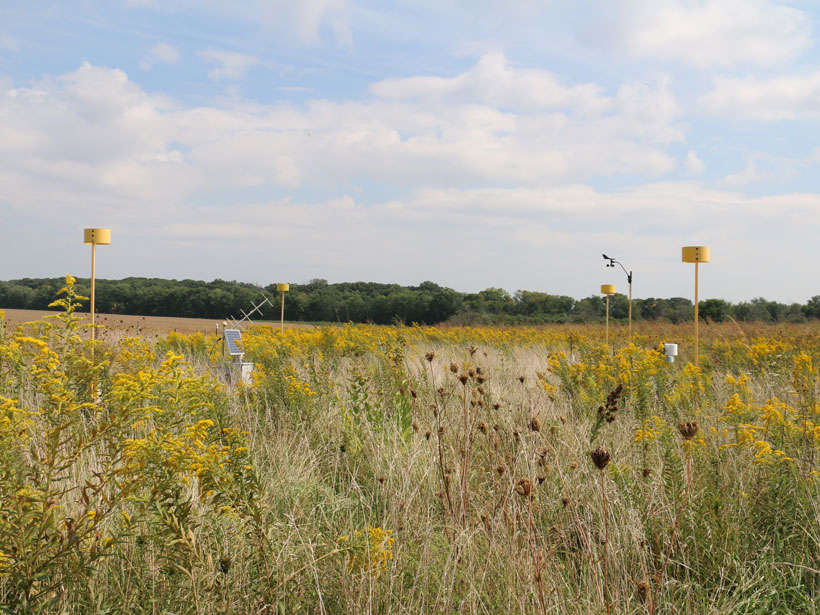A well-developed case study in Ho-Chi Min City, Vietnam, exemplifies how other mega-cities located on deltas could face the major challenge of adapting to rising sea-level.
Water Resources Research
Prairies, Potholes, and Public Policy
Studying the Prairie-Pothole Region of North America could help improve water resource management across the continent.
Dead Sea Provides Unique Insights on Water Evaporation
Scientists study the impacts of sunlight and wind on evaporation at one of Earth’s most unusual lakes.
California’s Water Savings Dwindle When Drought Fears Subside
Policy changes and media attention affect how much water Californians use, as well as how long these behaviors prevail. Could public awareness shift behaviors toward long-term conservation?
How Drought Plays Out
Humans are less likely to deplete groundwater when rainfall varies between years.
Urban Sewers Evolve Similarly to River Networks
Like river systems, engineered drainage networks become increasingly fractal as they grow.
What Causes Ecological Shifts?
A new information-processing framework helps researchers tease out the factors driving ecological shifts over short timescales.
Cosmic Ray Neutrons Reveal Mountain Snowpacks
The first application of aboveground neutron sensing to evaluate alpine snowpacks indicates that this method can reliably detect average snow depth and water content across intermediate distances.
Deciphering Deluges
New modeling approach reexamines two key assumptions about flooding.
In Pursuit of Flash Flood Data
How remote sensing of streams provides valuable data for the characterization, prediction, and warning of impending flash floods.

